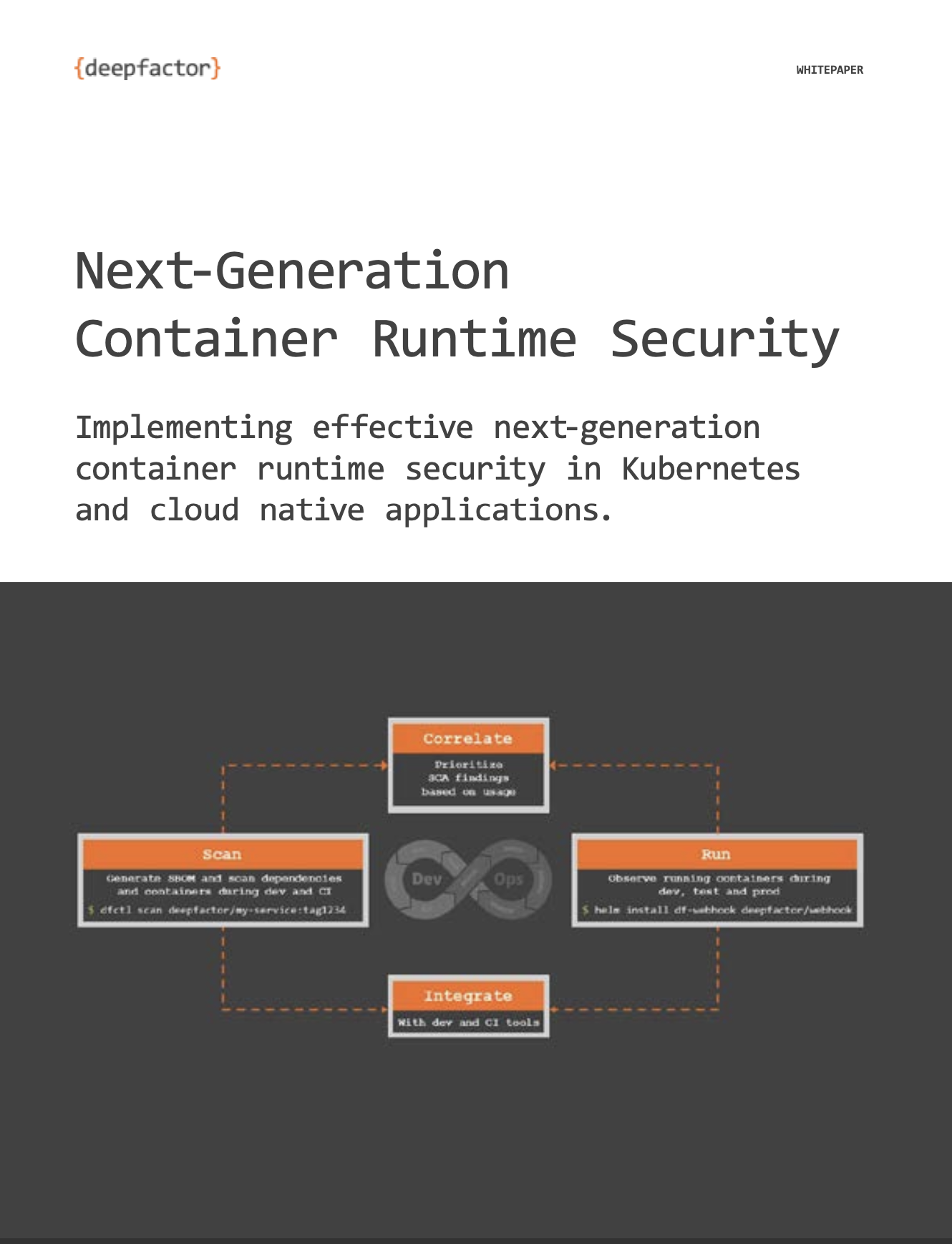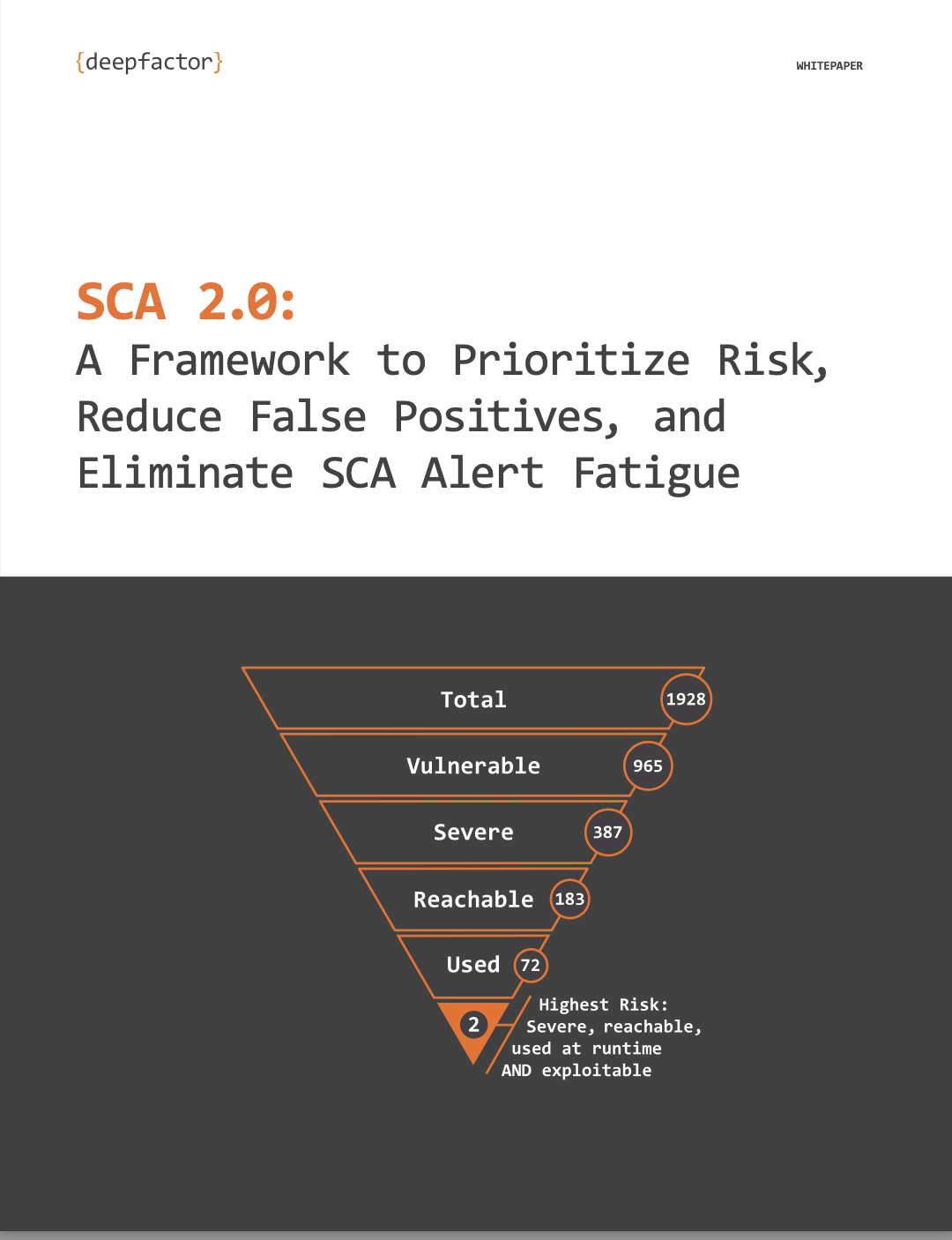What is Runtime Security?
Runtime security refers to the comprehensive set of measures and practices implemented to protect software applications and systems during their execution phase, commonly known as runtime. This security domain encompasses various techniques, tools, and strategies designed to identify and mitigate security threats and vulnerabilities that can arise when applications are running. The primary objective of runtime security is to ensure that applications function as intended without being compromised by malicious actors or processes.
At its core, runtime security is focused on safeguarding applications against unauthorized access, malicious activities, and the exploitation of vulnerabilities that may become evident during runtime. This includes monitoring and controlling various aspects of an application’s behavior, such as file operations, network communications, process execution, memory usage, and system interactions. By doing so, runtime security ensures adherence to security policies and protects against potential breaches.
Runtime security operates in real-time, continuously analyzing the runtime environment and application behavior to detect anomalies, suspicious activities, and potential security incidents. Techniques such as runtime instrumentation, dynamic analysis, and behavioral monitoring are leveraged to provide organizations with visibility into the runtime behavior of applications and systems, enabling proactive threat detection and response.
Key Components of Runtime Security
- Intrusion Detection Systems (IDS): These systems monitor network traffic and system activities to identify signs of malicious behavior. They use signature-based detection to recognize known threats and anomaly-based detection to identify unusual patterns that may indicate new or evolving threats.
- Runtime Application Self-Protection (RASP): RASP mechanisms are embedded directly into applications, allowing them to detect and prevent attacks in real-time. By integrating security controls within the application code or runtime environment, RASP ensures that applications can defend themselves against threats without relying solely on external security tools.
- Continuous Monitoring Tools: These tools provide ongoing surveillance of application behavior and system interactions. They track file operations, network communications, process execution, and memory usage in real-time, offering comprehensive visibility into the runtime environment. This continuous monitoring is crucial for identifying and responding to security incidents promptly.
- Dynamic Behavioral Analysis: This involves analyzing the runtime behavior of applications to detect deviations from normal activity. By understanding how an application is supposed to behave, security solutions can identify suspicious actions that may indicate a security threat.
- Security Controls Embedded in Application Code: Integrating security measures directly into the application code ensures that security policies are enforced consistently during runtime. This approach helps in detecting and mitigating risks in real-time, providing an additional layer of protection.
Benefits of Runtime Security
Runtime security offers numerous benefits that enhance the protection, resilience, and integrity of software applications and systems during their execution phase:
- Real-Time Threat Detection and Response: One of the primary advantages of runtime security is its ability to detect and respond to security threats as they occur. By continuously monitoring application behavior and system interactions, runtime security solutions can promptly identify anomalies, suspicious activities, and potential security incidents, enabling organizations to take immediate action to mitigate risks and protect critical assets.
- Enhanced Visibility into Application Behavior: Runtime security solutions provide comprehensive visibility into the runtime behavior of applications and systems. By monitoring file operations, network communications, process execution, and memory usage, these solutions help organizations understand normal application behavior and identify deviations that may indicate a security threat.
- Proactive Threat Mitigation: By leveraging techniques such as dynamic analysis and behavioral monitoring, runtime security solutions can proactively detect and mitigate threats before they can cause significant damage. This proactive approach is essential for preventing security incidents and minimizing the impact of potential breaches.
- Improved Security Posture: Implementing runtime security measures helps organizations enhance their overall security posture by providing real-time protection against threats and vulnerabilities that may not be detected during the development and testing phases. This is particularly important for securing modern software applications deployed in dynamic and evolving environments, such as cloud-native and containerized environments.
- Compliance and Regulatory Adherence: Runtime security solutions help organizations demonstrate compliance with regulatory requirements and industry standards by providing audit trails, event logs, and security reports that document adherence to security policies. This is crucial for industries subject to strict regulatory requirements, such as healthcare, finance, and government.
Challenges and Considerations in Implementing Runtime Security
While runtime security offers numerous benefits, it also presents several challenges and considerations that organizations must address to implement and manage these solutions effectively:
- Complexity of Dynamic Environments: Modern software environments, such as cloud-native and containerized environments, are characterized by their fluidity, scalability, and rapid pace of change. This dynamic nature makes it challenging to deploy and manage runtime security solutions effectively. Organizations must ensure that their runtime security measures remain robust and effective despite constant changes in the application and infrastructure landscape.
- Comprehensive Visibility and Monitoring: Achieving comprehensive visibility into the runtime environment requires the collection, analysis, and correlation of vast amounts of telemetry data, including file operations, network communications, process execution, and memory usage. Organizations must invest in advanced monitoring tools and analytics platforms capable of capturing and analyzing runtime data in real-time to identify anomalies, suspicious activities, and potential security incidents effectively.
- Detection of Sophisticated Threats: Runtime security solutions must contend with sophisticated and advanced security threats, including zero-day exploits, polymorphic malware, and targeted attacks. These threats often evade traditional security measures and exploit vulnerabilities in applications and systems during runtime. Organizations must adopt advanced threat detection techniques, such as machine learning, behavioral analysis, and threat intelligence integration, to identify and mitigate emerging threats effectively.
- Integration with DevSecOps Practices: Integrating runtime security measures into DevSecOps practices and workflows is essential for ensuring the secure delivery of software applications. DevSecOps emphasizes the integration of security into the software development lifecycle (SDLC), promoting collaboration between development, security, and operations teams. Runtime security solutions must seamlessly integrate with DevSecOps pipelines, toolchains, and processes, enabling organizations to automate security testing, vulnerability scanning, and code analysis during runtime without impeding development velocity or agility.
- Resource Overhead and Performance Impact: Implementing runtime security measures can introduce resource overhead and performance impact on applications and systems. Security controls embedded within the application code or runtime environment may consume additional computational resources, memory, and network bandwidth, potentially affecting application performance and responsiveness. Organizations must carefully balance security requirements with performance considerations, optimizing runtime security measures to minimize resource overhead and maintain acceptable levels of application performance.
- Skills and Expertise: Runtime security requires specialized knowledge in areas such as threat detection, behavioral analysis, security operations, and incident response. Organizations must ensure that they have the necessary skills and expertise to implement, manage, and maintain runtime security solutions effectively. Investing in training and development programs to equip teams with the required skills and knowledge is crucial for successful deployment and operation of runtime security measures.
Conclusion
Runtime security is critical for safeguarding software applications during execution, focusing on real-time threat detection, dynamic behavioral analysis, and intrusion prevention. These measures protect against unauthorized access, malicious activities, and vulnerabilities, ensuring applications function as intended.
Despite the challenges of managing dynamic environments, detecting sophisticated threats, and integrating with DevSecOps practices, runtime security is indispensable for a robust cybersecurity strategy. It enhances visibility, enables proactive threat mitigation, and improves security posture. By addressing these challenges and leveraging runtime security benefits, organizations can prevent security incidents, ensure regulatory compliance, and maintain a strong cybersecurity posture in evolving software environments.
Incorporating runtime security measures helps organizations achieve comprehensive visibility, manage resource overhead, and develop necessary skills and expertise. This approach not only prevents security incidents and minimizes breach impacts but also ensures adherence to regulatory requirements and industry standards. Adopting runtime security is essential for maintaining a resilient and reliable application environment, capable of withstanding modern cybersecurity threats.
FAQs
What is runtime security?
Runtime security refers to measures and practices implemented to protect software applications and systems during their execution phase, focusing on real-time threat detection, behavioral analysis, and intrusion prevention.
Why is runtime security important?
It is essential for safeguarding applications against unauthorized access, malicious activities, and exploitation of vulnerabilities during their execution, thereby enhancing overall cybersecurity.
What are the key components of runtime security?
Key components include intrusion detection systems (IDS), runtime application self-protection (RASP), runtime monitoring tools, and embedded security controls within the application code or runtime environment.
How does runtime security integrate with DevSecOps?
Runtime security solutions seamlessly integrate with DevSecOps pipelines and workflows, automating security testing, vulnerability scanning, and code analysis during runtime to identify and address security issues early in the development process.
Free Demo Signup
Experience the power and efficiency of the Deepfactor Application Security Platform through a live, interactive demo.
SIGN UP TODAY! >



